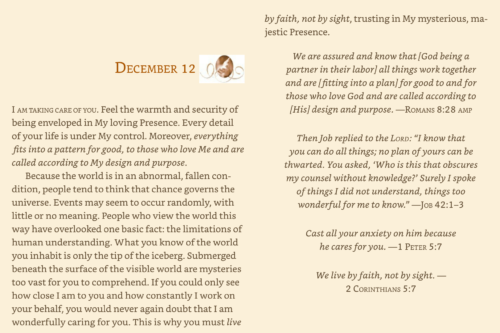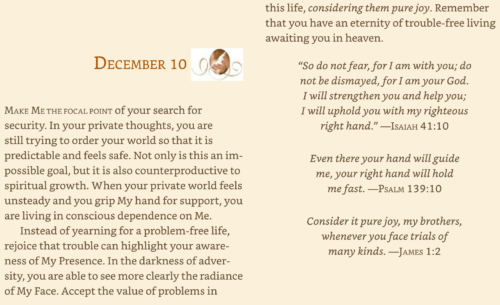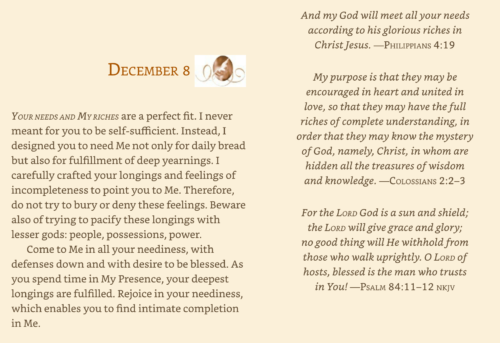Devotion does not end at a shrine or image. It is only authentic when it reaches all the way into ourselves and into our lifestyle with an utterly transforming power. —David Richo, The Sacred Heart of the World
David Richo is a therapist, author, and teacher who integrates spirituality and psychology. In his book, The Sacred Heart of the World, he seeks to return the devotion to the Sacred Heart of Jesus to its cosmic origins. He writes:
As we look symbolically, the image of a divine open and grace-giving heart shows what our own inmost core looks like. It is a spiritual portrait of our hearts and the heart of the universe: strongly aglow with the divine fire, beaming light in every direction, and at the same time opened because it is wounded. . . .
It is ironic that a symbol of generous love became focused on our need to make reparation, that a powerful divine presence became associated with a saccharine image, that a liberating message became moralistic, that a call to universal compassion became a Jesus-and-I devotion. It is time to remove the past from the Sacred Heart and restore it to the meaning it had for the mystics and can have for us today. . . .
The heart of Christianity is the Heart of Jesus, a passionate devotedness to the well-being of humanity. To be a Christian is to be possessed by that same passionate intention. Indeed, to say that God created the world is to affirm that it vibrates at a pitch identical to the nature of God, who is love. Indeed, the pitch we were meant to live at is love. Life does not ever feel quite right unless love is the best and greatest part of it. . . .
Our heart is the soft center of our egoless self and it has one impelling desire: to open. The heart is the capacity to open. This is the force that complements our other powers. It takes us beyond our limits. It contains our ability to reach out so it is the antidote to despair. We are spiritually coded in ways we have not yet dared even to imagine. The depths of our spiritual capacity are still unplumbed. Contemplation of Jesus’ Heart shows us how deep we really are, how vast our potential for love, how high our aspiration for the light. . . .
An opened heart is boundless; that is, unconditional in its scope. Once we are awakened to love as the lifelong purpose of our hearts, then feeling love for all the world becomes the meaning—and greatest joy—of living. St. John Chrysostom [c. 347–407] says: “If you have found the way to your heart, you have found the way to heaven.” . . .
As we grow in spiritual consciousness, we move away from superstitions that seem to assure a stranglehold on God. The only promise of the Sacred Heart of Jesus is that we have not yet lost nor will we ever lose our capacity to love.
_________________________________________________
Sarah Young
COME TO ME with your gaping emptiness, knowing that in Me you are complete. As you rest quietly in My Presence, My Light within you grows brighter and brighter. Facing the emptiness inside you is simply the prelude to being filled with My fullness. Therefore, rejoice on those days when you drag yourself out of bed, feeling sluggish and inadequate. Tell yourself that this is a perfect day to depend on Me in childlike trust. If you persevere in this dependence as you go through the day, you will discover at bedtime that Joy and Peace have become your companions. You may not realize at what point they joined you on your journey, but you will feel the beneficial effects of their presence. The perfect end to such a day is a doxology of gratitude. I am He from whom all blessings flow!
2 CORINTHIANS 4:6;
For God, who said, “Let light shine out of darkness,” made his light shine in our hearts to give us the light of the knowledge of God’s glory displayed in the face of Christ.
MATTHEW 5:3, 6;
Blessed are the poor in spirit, for theirs is the kingdom of heaven. Blessed are those who mourn, for they will be comforted. Blessed are the meek, for they will inherit the earth.
COLOSSIANS 2:9–10;
For in Him dwells all the fullness of the Godhead bodily; 10 and you are complete in Him, who is the head of all principality and power.
PSALM 150:6;
Let everything that hath breath — Either to make a vocal noise, or a sound by blowing into pipes, fifes, flutes, trumpets, Let all join together, and put forth all your strength
Young, Sarah. Jesus Calling Morning and Evening Devotional (Jesus Calling®) (p. 726). Thomas Nelson. Kindle Edition.







 Click Image for John White's Original Vision For CO2's
Click Image for John White's Original Vision For CO2's
